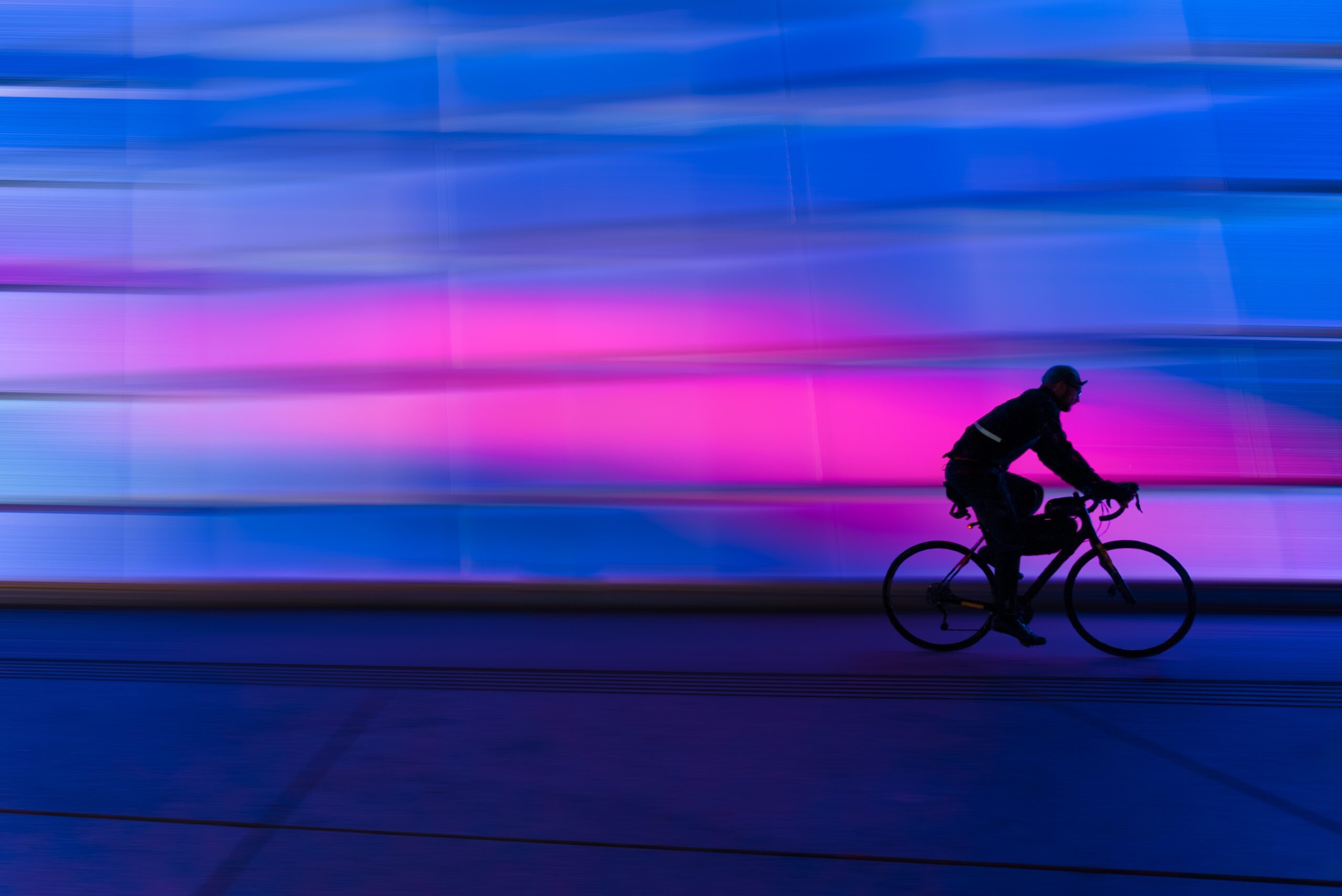The Role of Padding in Cycling Gloves: Insights from a Master Cyclist

Key Point Summary of The Role of Padding in Cycling Gloves:
- Padding in cycling gloves is crucial for vibration absorption, enhancing comfort during rides.
- Different cycling disciplines require varying levels of padding for optimal performance and protection.
- Material and placement of padding impact glove functionality and rider experience.
- Proper fit and personal preference play significant roles in selecting the right cycling gloves.
As someone who’s spent a considerable amount of time racing and riding across various cycling disciplines—mountain biking, gravel grinding, cyclocross, and the occasional road stint—I’ve come to appreciate the nuanced but pivotal role that something as seemingly simple as glove padding plays in a cyclist’s comfort and performance.
Whether you’re just starting to clip into your pedals or have been churning through miles and seeking to refine your gear, understanding the ins and outs of cycling glove padding can make a notable difference in your rides. Let’s dive into why padding matters, how it varies across disciplines, and some personal anecdotes that illustrate these points.
Vibration Absorption: A Game Changer
One of the primary functions of cycling glove padding is to absorb vibrations from the road or trail. Anyone who’s spent hours on a bike knows that vibration fatigue is real. It’s not just about discomfort; it can significantly affect your control and endurance. On a particularly rough gravel ride, the difference between padded gloves and bare hands (or thinly padded gloves) was stark. With padding, my hands were noticeably less numb, allowing me to maintain a firmer grip and better control over my bike.
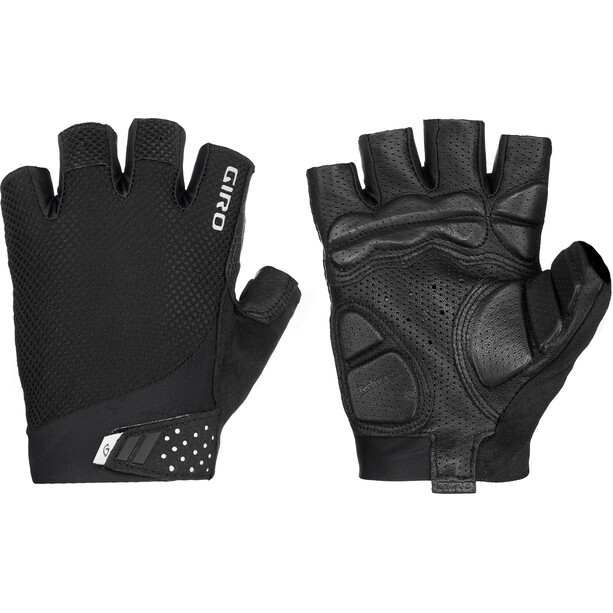
Padding Material and Placement: More Than Just Foam
Not all padding is created equal. Materials range from basic foam to gel and advanced synthetic compounds designed to compress and rebound in just the right way. Placement is equally critical, with padding often strategically located in areas prone to pressure points when gripping the handlebars. During a cyclocross race, where you’re constantly dismounting and remounting, gloves with padding focused around the base of the fingers and the palm helped absorb shocks and provided a bit of extra protection during those inevitable tumbles.
Discipline-Specific Needs: Tailoring Your Choice
The right amount and type of padding can vary significantly depending on the type of cycling. Mountain bikers, for example, tend to favor more robust padding to handle the rough terrain and constant jarring. On the other hand, road cyclists might opt for lighter padding to maintain sensitivity and control for subtle bike handling. As someone who flits between disciplines, I’ve found that no single glove meets all needs perfectly. It’s about finding the right balance for each ride.
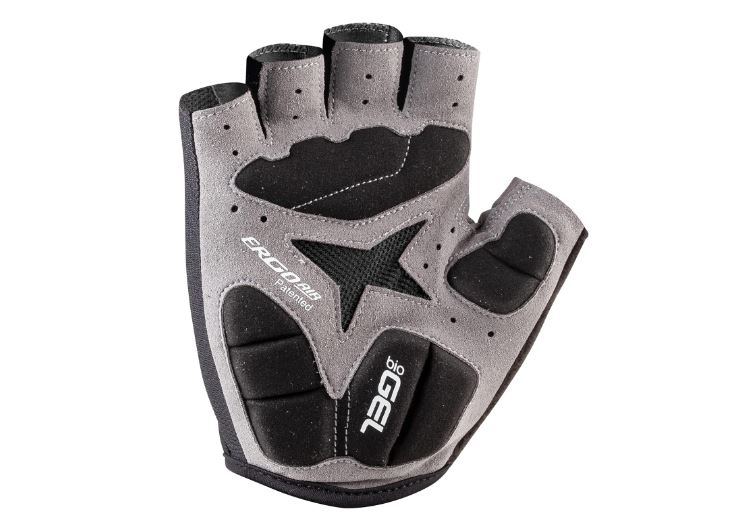
Comfort and Control: The Ultimate Goal
Beyond vibration absorption and protection, padding plays a crucial role in overall comfort and control. Gloves that are too padded can feel bulky, reducing your feel on the handlebars and shifters. Conversely, insufficient padding can lead to discomfort and fatigue. I remember a long day on a gravel bike where the padding on my gloves was just too thin for the relentless vibrations. By the end of the ride, my hands were sore, and my control over the bike had diminished. It was a clear reminder that sometimes, more is better when it comes to padding.
Fit and Personal Preference: The Final Verdict
Ultimately, the effectiveness of glove padding comes down to fit and personal preference. A glove that fits well will ensure that the padding is where it needs to be, providing maximum benefit. And while advice and reviews can guide you, personal preference will always play a significant role. I’ve experimented with various gloves over the years, sometimes drawn to the latest technology or materials. However, I often return to a pair that simply fits well and feels right, even if it’s not the most advanced option on the market.
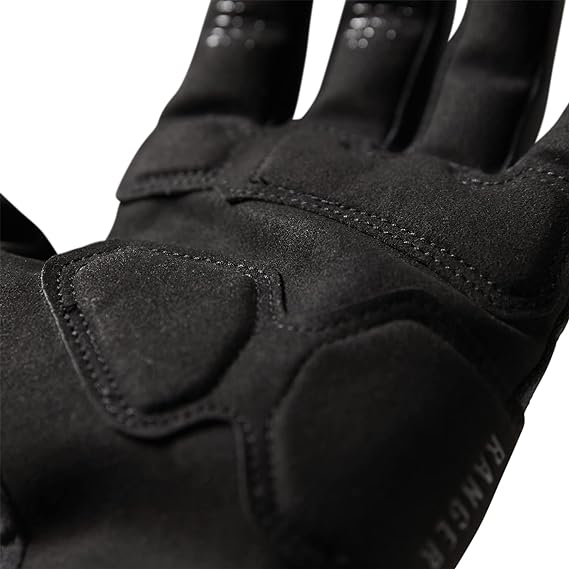
The Role of Padding in Cycling Gloves: In Conclusion
Padding in cycling gloves is more than just cushioning; it’s a critical component that impacts vibration absorption, comfort, and control across different cycling disciplines. While the type of padding, its placement, and the amount required may vary depending on your cycling activities, the goal remains the same: to enhance your riding experience.
As you explore the world of cycling, don’t underestimate the power of well-padded gloves to transform your ride. Whether tackling a rocky mountain trail, grinding through gravel, or racing cyclocross, the right gloves can make all the difference. And remember, the best glove is one that suits your needs, fits well, and feels right, no matter what the latest trend might be. Here are a few that consistently receive positive feedback from cyclists for their comfort and vibration absorption:
- Castelli Arenberg Gel 2 Glove: Designed for road cyclists, this glove features Castelli’s gel padding technology to absorb road vibration and protect the hands on long rides. The Arenberg Gel 2 is praised for its comfort and the quality of its construction.
- Giro Monaco II Gel Glove: The Monaco II is a favorite among both road and gravel riders. It features Giro’s Technogel padding, which provides superior pressure distribution and vibration absorption without compromising grip or control.
- Specialized Body Geometry Gel Gloves: Specialized designs these gloves with ergonomics in mind, incorporating gel pads in key areas to minimize hand numbness and fatigue. They are suitable for a variety of cycling disciplines and are favored for their fit and protective features.
- Pearl Izumi Elite Gel Glove: Ideal for road cyclists looking for a balance between padding and performance, these gloves offer Pearl Izumi’s Elite Gel padding for comfort on long rides, alongside a soft and durable synthetic leather palm.
- Fox Racing Ranger Gel Gloves: A top choice for mountain bikers, the Ranger Gel Gloves provide excellent protection and vibration absorption with strategically placed gel padding. They also feature a touchscreen-compatible fingertip, a useful modern convenience. Anyway, here’s the difference between the gel vs non-gel gloves by The Vantastic Life.
When choosing cycling gloves, it’s important to consider not just the padding, but also how they fit your hands and how comfortable they are on long rides. If possible, try on several pairs to see which fit the best and feel the most comfortable.
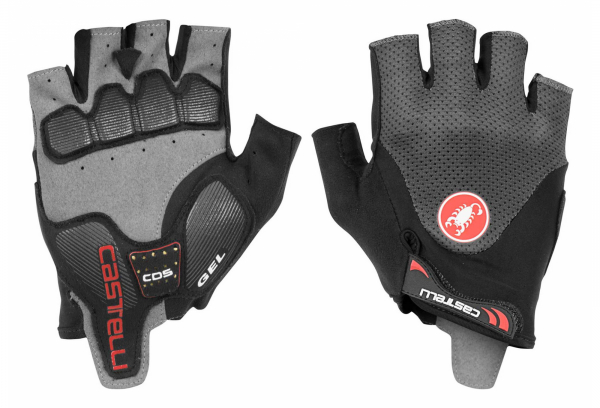
Ride On!
John
FAQ
What are padded gloves used for?
Padded gloves are used for reducing vibration and shock absorption, minimizing hand numbness, enhancing grip, and providing protection against blisters and injuries during activities like cycling, weightlifting, and various sports.
What is cycling padding?
Cycling padding refers to the cushioning found in cycling apparel and accessories, such as gloves and shorts, designed to improve comfort and protect against the repetitive pressure and vibrations experienced during cycling.
Are cycling gloves better in gel or foam?
Whether cycling gloves are better in gel or foam depends on personal preference. Gel padding offers superior vibration absorption and tends to maintain its cushioning effect longer, while foam padding is lighter and provides a more direct feel of the handlebar.
What makes cycling gloves different?
Cycling gloves are different because they are specifically designed for the needs of cyclists, featuring padding for vibration absorption, materials that enhance grip even when wet, and breathable fabrics to manage sweat. They may also include features like touchscreen compatibility and reflective elements for safety.
